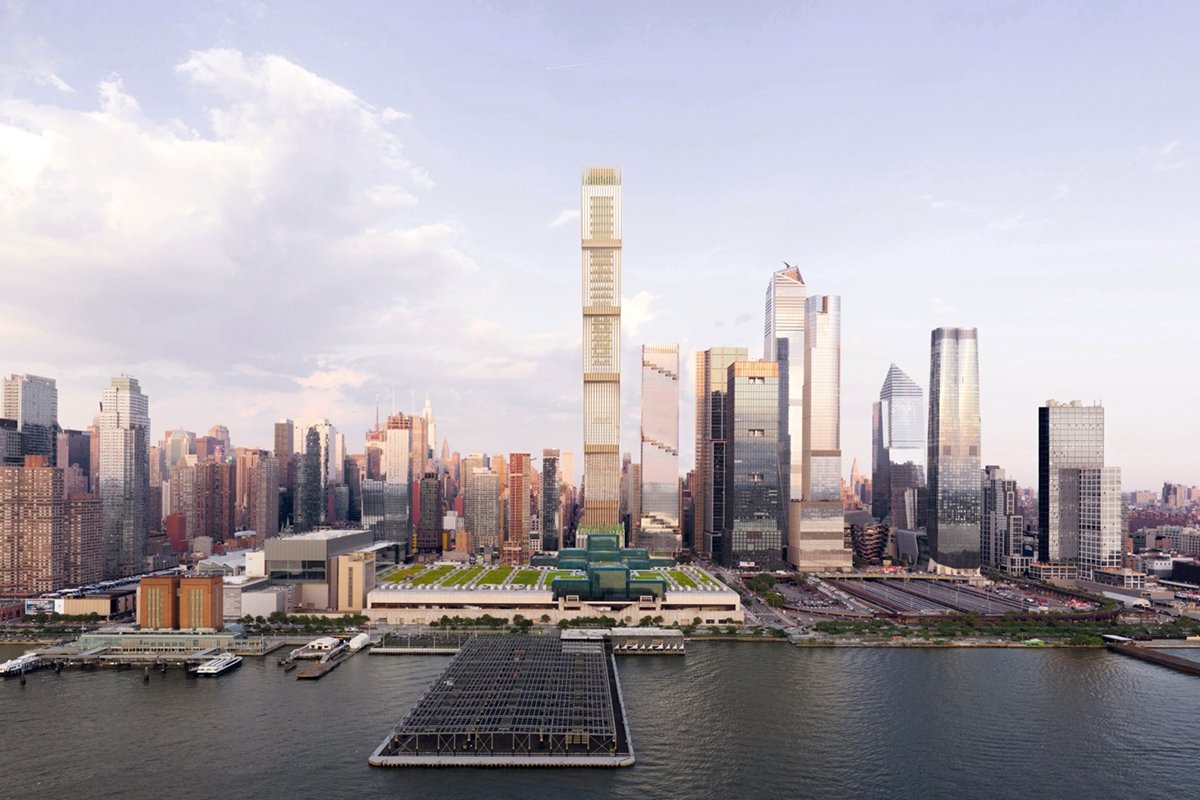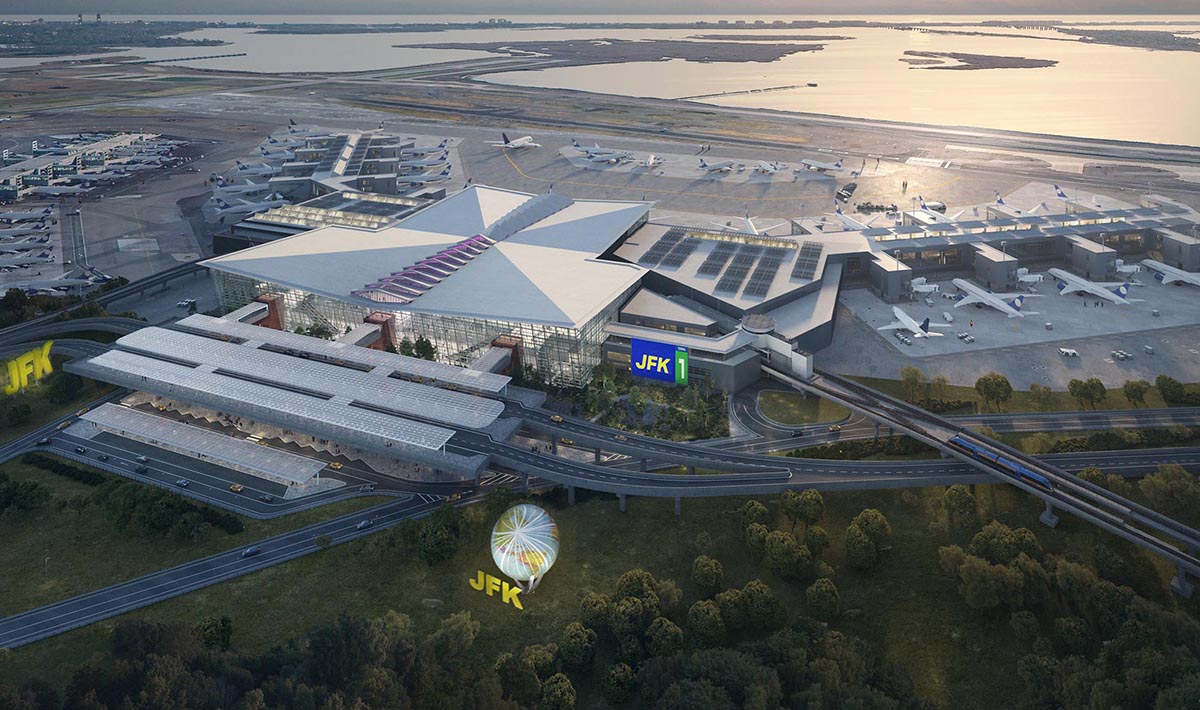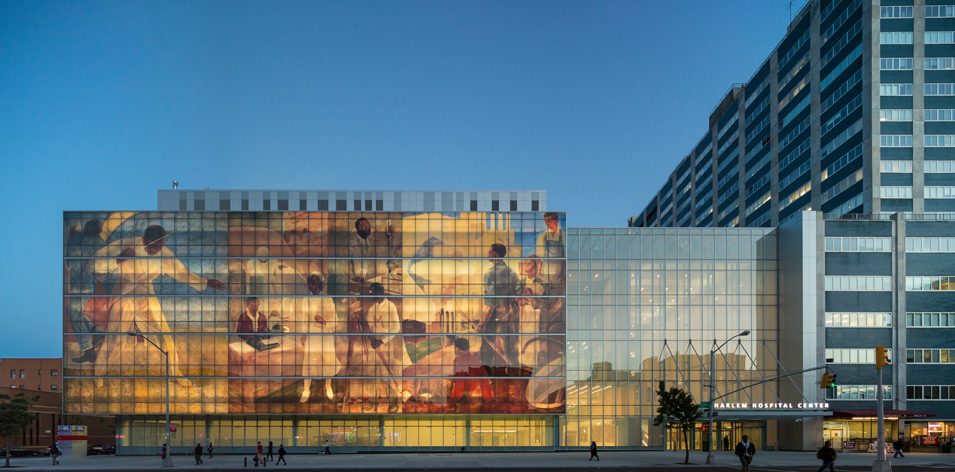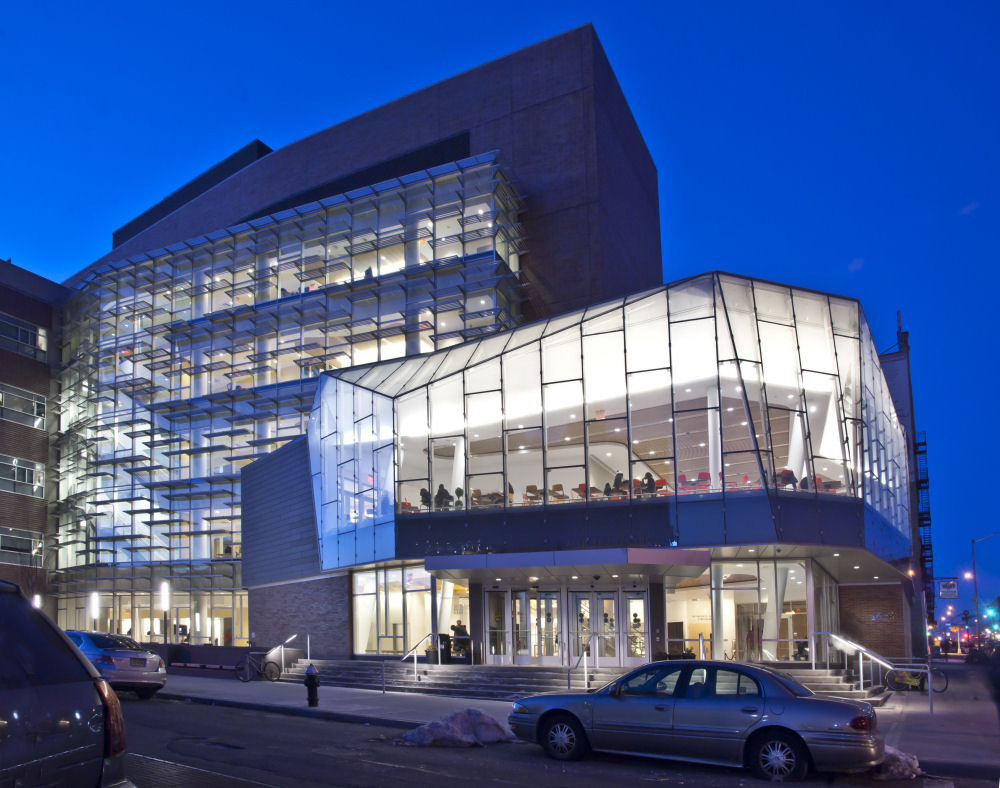Cheryl McKissack Daniel on Making the Construction Business More Diverse
She heads the nation’s oldest minority- and women-owned firm in its field.
Leading the oldest minority- and women-owned professional design and construction firm in the U.S., Cheryl McKissack Daniel, president & CEO of McKissack & McKissack, is helping pave the way for others to follow in her footsteps.
The McKissack name has been in business for more than 100 years, and Cheryl McKissack Daniel aims to continue that growth, all while making a name for herself and other minority firms along the way. Commercial Property Executive spoke with McKissack Daniel about her climb in the business, her commitment to diversity and inclusion, as well as what’s next for the company.
How did you get started in the industry?
McKissack Daniel: Our family for five generations has been in this business. My great, great grandfather made bricks for a living. My great grandfather was a master builder, my grandfather and his brother were licensed architects, and my father was an architect. So I am just carrying the baton.
READ ALSO: Real Estate Has a Diversity Problem
My parents really guided me to this business. It was a very different day than it is today. There weren’t as many options, and to be a woman in engineering and construction was very appealing to me because there weren’t that many people that looked like me in that business. That’s why I wanted to continue in engineering when I got to college. Then going out into the working world and corporate America, I began to see the value of owning your own business and being able to control your own destiny. It’s not for everyone, but for me, I’m an entrepreneur at heart. So once I had that revelation, I knew I wanted to be a part of the McKissack business.

If approved, Affirmation Tower will be the world’s tallest skyscraper owned by majority Black- and women-led companies. Image courtesy of The Peebles Corp.
What is the biggest challenge you’ve faced in your career?
McKissack Daniel: Being a black woman. Our family has overcome slavery, Jim Crow laws of the South and segregation. When I think about those things compared to the microaggressions and perceptions that others may have of people of color in business, when I compare that to what my grandparents and great grandparents went through, it’s nothing.
But it’s still there. Females still get paid less. There is $69 trillion in venture capitalist money and private equity right now, and less than 1.3 percent of that capital is deployed to firms that are run by women or people of color. That gives you an idea of where we stand and how much further we need to go.
I was doing some research on my family history, because we’re writing a book, and I realized where my great grandfather gave the bricks and built a mansion for a very wealthy family, they were granted that land from the federal government, and it was 500 acres. We just don’t get that. Hudson Yards got $6 billion of taxpayers’ money, but I don’t see that happening with developers of color or women. The same thing happens in construction. We don’t get the same breaks.
Can you share a memorable moment during your commitment to diversity and inclusion?
McKissack Daniel: This was when we were building the Medgar Evers College School of Science, Health & Technology, and it was a $200 million program. It was under the dormitory authority, but the president was Edison O. Jackson. He understood that economics was king and the more prime opportunities he could get to people of color and women would create sort of an ecosystem and would filter all the way down the line. He insisted McKissack take the lead joint venture role for his college and university.
We were in a joint venture with Turner Construction, which is one of the best firms when it comes to MWBE (minority and women-owned business enterprises). They’ve always been very forward thinking and to me are unparalleled to other construction firms. But for this opportunity, when the president said he wanted the Black firm to be the lead, Turner agreed and that was a real turning point for McKissack because as a lead, you get the recognition and acknowledgement of your role on a project as opposed to being a subcontractor or having a smaller piece than the majority contractor.
On this particular project, we wanted to make sure we got as much MWBE participation from subcontractors as possible. Instead of breaking up the contracts via Wicks Law into four different prime contracts, we broke it up into 17 different packages. To me that was an early win that not only the school had under Edison O. Jackson but also McKissack, and that began to make us think that we could have a whole business unit around compliance and really bring in these opportunities to MWBE firms, and we’ve been doing that ever since.
Do you feel any pressure being the oldest minority- and woman-owned design and construction firm in the U.S.?
McKissack Daniel: One thing I know, and I tell this to my clients all the time, if you can’t find an opportunity for McKissack, the nation’s oldest Black-owned construction firm, then you’re not going to be able to work with any MWBE. We have the track record and it’s for many years.
You see, that’s the difference. MWBEs get looked at like, have you done this before or what’s your track record? Whereas white, male-owned firms are looked at as what their potential is instead of trying to figure out how to discount them and get them out of the competition.
I feel it is my duty to advocate for as many women and minority firms as possible—that’s why I’m one of the founding members of the Women Builders Council, a member of NYREC (New York Real Estate Chamber), a national real estate board for Black developers, and NAMC (the National Association of Minority Contractors).
I can’t tell you the countless number of firms and leaders that we have mentored over the years for everything—from giving advice to helping put numbers together for a bid—but that’s us paying it forward and that has really helped us in the world of karma that allows us to experience the success we are feeling.
Being fifth generation has been a lot of pressure. Our license is 100 years old this year, but look where we are compared to other companies that are white in our business. They are in the billion-dollar range, and the pressure for me is, how do we get there? How do we become a midsize company? Which for me is anywhere between $350 million and $750 million in revenue per year. Those types of opportunities I would like to work on going forward and break more ground if we can.

Upon completion, the $9.5 billion terminal will become JFK’s largest. Image courtesy of The New Terminal One
What is a notable project you are currently working on?
McKissack Daniel: I’m very excited about Terminal 1 at JFK Airport. We started before COVID-19, and now it’s been three years trying to get this job off the ground. We are finally there. The project started with the Carlyle Group and their partner JLC Infrastructure, which is a joint venture between Magic Johnson and Loop Capital.
Because of these partnerships, everyone was very interested in having strong MWBE and service-disabled veterans on the project. As a result of that, McKissack was able to secure a prime role as one of the joint venture partners to provide program management services for the $10 billion project.
READ ALSO: Top Projects That Will Reshape Queens
In that role, we are also helping our client develop a strategy to have 30 percent of the contracts across all phases go to MWBEs. The project itself will be a state-of-the-art airport operated by Munich Airport International. It’s going to create another beautiful venue for New Yorkers and visitors.
What has been your favorite project?
McKissack Daniel: It’s a toss-up between Harlem Hospital—where we had to restore these murals that were painted by well-known African American artists that were then duplicated in the curtain wall—or Atlantic Yards.
Everyone knows Barclays Arena, and to be part of a project that significant, even though it was a pressure cooker for us—we had removed the Carlton Avenue Bridge, and the arena couldn’t open without it coming back into place, and so we had to work day and night to get that done, but it was an exciting project to be able to work on with all the community groups in Brooklyn.

The high-performance curtain wall facade replicates three colorful panels from a Works Progress Administration mural uncovered and restored during the hospital modernization. Image courtesy of Hellmuth Obata + Kassabaum
Could you provide any updates on the Affirmation Tower project and your role?
McKissack Daniel: McKissack will operate as an owner on the development team and provide construction management services to build the $3.5 billion building. The RFP was canceled back in December, and we understand it is being reworked to include housing.
Recently, as announced by the Hochul administration, it is my understanding that this RFP will be coming back on the street. We are anxiously awaiting the opportunity to pursue this again. Affirmation Tower to us is something we absolutely have to make sure is built in New York. Whether it’s through ESD (Empire State Development), which is our first preference, or if it’s with another piece of land or government entity, we feel that Affirmation Tower definitely needs to be built.
As you know, it’ll be the first skyline ever built with majority Black owners. You scratch your head saying, there’s no building south of 125th Street ever built by Black people? This is New York! We have David Adjaye as architect. We have MWBE and service-disabled veterans throughout this entire development, so we know this would mean so much.
Even if we look at how to raise the debt, we’re going to go out to as many banks of color as we can and syndicate the debt. We have Black and Latino investors on the equity side, and this is going to change the ability for people of color to do business in New York. It’s going to show people like us can do excellent projects, just as good as everyone else. And we do this without being subsidized like a lot of other projects.
We’re not asking for any money from the state; we’re going to pay the state and pay taxes. It’s a straight development process with no subsidies from New Yorkers. What more would you want?
What are some changes you think the real estate industry needs to take more seriously when it comes to diversity and inclusion?
McKissack Daniel: We need more diverse owners. I’m part of a group of Black owners, and you’ll see on their projects there is a lot more involvement with people of color. Ownership is very important. Each company needs to look inside and begin to hire diverse individuals. That creates more opportunity in this ecosystem of creating economic fairness for firms of color and for women.
Women will hire women; minorities will hire minorities. We certainly see that on the other side. Our industry does a really good job with dealing with exposing the very underserved about our industry. We will go into New York City schools and introduce kids to our industry. But then we need to capture the next level. These are the kids coming out of Pratt, UPenn, Howard University—and those are the kids that maybe came from upper- to middle-class homes, but they still need jobs and want to be entrepreneurs, and that’s where we should focus our attention.

The glass pavilion houses the cafeteria and lobby; the glass curtainwall and cascading stair identify the public circulation zone; and the brick and horizontally fenestrated wing contains faculty offices. Image courtesy of Ennead Architects
What are some goals you have for the future?
McKissack Daniel: One of the things we’re doing is we started Legacy Engineers, which is an engineering firm that my partner John Rice and I started around entrepreneurship of people of color. We have brought in several engineers—Black, Asian, Hispanic. Eventually, we’d like for these people to have the ability to buy us out and take over this company.
Entrepreneurship in the MWBE diverse area is something I’m working on, and as I mentioned earlier, for McKissack, this whole notion of including development as part of our construction history I think is very important and a natural progression of where our company should go. We are also looking to get involved in cannabis or casinos. How can we diversify and really become a mega-company? That’s my goal. That’s what I’m charged with. And we can do it! It’s New York.
I see a lot of the larger firms collaborating on projects. They do this to mitigate risk and spread it around, but I’m also encouraging MWBE firms to work together to form alliances and strategic partnerships to take advantage of the opportunities in New York. The city is focusing in on design build, and that’s new for all firms because that’s not our customary method of delivery when it comes to construction projects.
I would like to see minority architects working with minority firms like ourselves to enter this design build market and begin to do what the big guys are doing, so that we can become the big guys. Every time something new is introduced in New York, we tend to be the afterthought and we get left behind, and this is something new and I want to make sure we don’t get left behind in design build.









You must be logged in to post a comment.